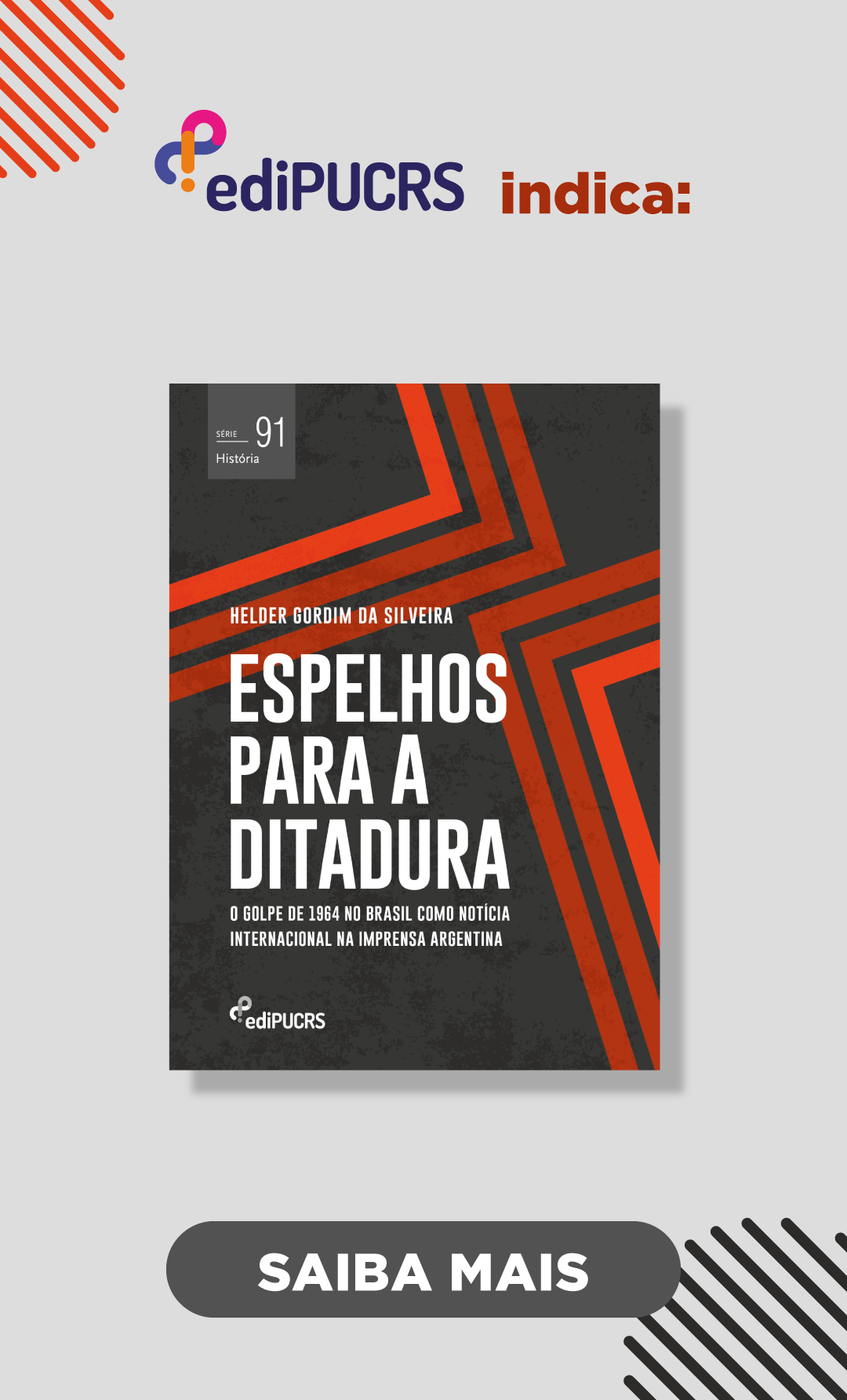Assembling a site of acquisition: knowledge production and drone survey at Dunbeg Fort
DOI:
https://doi.org/10.15448/2178-3748.2020.1.36694Palabras clave:
Photogrammetry. Embodiment. Knowledge Production.Resumen
Geo-spatial visualising technologies are finding dynamic articulation within contemporary archaeology. With increasing regularity, archaeologists are using methods like drone-based photogrammetry to construct immersive spaces for research, analysis, and public-facing historical reconstructions. The rate at which they have been folded into the discipline, however, has outpaced efforts to critically theorise them. Too often these “new” forms of archaeological media are handled unreflexively. Often they are presented as easily knowable or self evident. This paper attends to what it identifies as the contingencies inherent to the production of such media. Using theorists like Donna Haraway and Karen Barad, it specifically attends to notions of “partial objectivity”, “situated knowledges” and “embodiment in contemporary archaeological practice. Centred around a series of observations conducted as part of an ethnography of the Discovery Programme’s involvement in the Cherish Project (a collaborative EU funded research initiative designed to monitor the impacts of climate change on coastal heritage sites in Ireland and Wales), it targets processes of data acquisition for photogrammetric modelling at the site of Dunbeg Fort in Co. Kerry, Ireland.
Descargas
Citas
BARAD, K. M. Meeting the Universe Halfway: Quantum Physics and the Entanglement of Matter and Meaning. London: Duke University Press, 2007. https://doi.org/10.1215/9780822388128.
BENDICHO, V. M. L.-M. International Guidelines for Virtual Archaeology: The Seville Principles. In: BENDICHO, V. M. L.-M. Good Practice in Archaeological Diagnostics, Natural Science in Archaeology. Cambridge: Cambridge Univ. Press; London: Springer, 2013. p. 269-283. https://doi.org/10.1007/978-3-319-01784-6_16.
CORNS, A.; DEVLIN, G.; DEEVY, A.; SHAW, R.; SHINE, L. 3D-ICONS Ireland - Fulfilling the potential of a rich 3D resource. Internet Archaeology, v. 43, n. 2, p. 1-7, 2017. https://doi.org/10.11141/ia.43.12.
CORNS, A.; KENNEDY, L. Irish Archaeological Data: Toward a Framework. New Review of Information Networking, London, v. 20, n. 1-2, p. 66-72, July. 2015.
CORNS, A.; SHAW, R. High resolution 3-dimensional documentation of archaeological monuments & landscapes using airborne LiDAR. Journal of Cultural Heritage, Amsterdam, v. 10, e72–e77, 2009. Suppl. 1. https://doi.org/10.1016/j.culher.2009.09.003.
DRAP, P.; PAPINI, O.; PRUNO, E.; NUCCIOTTI, M.; VANNINI, G. Surveying Medieval Archaeology: A new form for Harris Paradigm linking photogrammetry and temporal relations. Exploitation, Disciplinary Change. ISPRS-Archives, XLII-2/W3, p. 267-274, 2017. https://doi.org/10.5194/isprs-archives-xlii--2-w3-267-2017.
FORTE, M. Cyber-Archaeology: Notes on the simulation of the past. Virtual Archaeology Review, Valencia, v. 2, n. 4 p. 7-18, 2011.
FORTE, M.; DELL’UNTO; N., ISSAVI, J.; ONSUREZ, L.; LERCARI, N. 3D Archaeology at Çatalhöyük. International Journal of Heritage in the Digital Era 1, Thousand Oaks, p. 351-378, 2012. https://doi.org/10.1260/2047-4970.1.3.351.
FORTE, M.; PIETRONI, E. 3D Collaborative Environments in Archaeology: Experiencing the Reconstruction of the Past. International Journal of Architectural Computing, Thousand Oaks, v. 7, n. 1, p. 57-76, Jan. 2009. https://doi.org/10.1260/147807709788549349.
FOWLER, C. The Emergent Past: a relational realist archaeology of early bronze age mortuary practices. Oxford: Oxford University Press, 2013. https://doi.org/10.1093/acprof:osobl/9780199656370.001.0001.
FOWLER, C.; HARRIS, O. J. Enduring relations: Exploring a paradox of new materialism. Journal of Material Culture, Thousand Oaks, v. 20, 127-148, 2015. https://doi.org/10.1177/1359183515577176.
HAMILAKIS, Y. Sensorial Assemblages: Affect, Memory and Temporality in Assemblage Thinking. Cambridge Archaeological Journal, Cambridge, v. 27, n. 1, p. 169-182, 2017. https://doi.org/10.1017/s0959774316000676.
HAMILAKIS, Y., JONES, A.M., 2017. Archaeology and Assemblage. Cambridge Archaeological Journal, Cambridge v. 27, 77-84. https://doi.org/10.1017/s0959774316000688.
HARAWAY, D. Situated Knowledges: The Science Question in Feminism and the Privilege of Partial Perspective. Feminist Studies, College Park, MD, v. 14, p. 575–599, 1988. https://doi.org/10.2307/3178066.
HAYLES, K. How we became posthuman: virtual bodies in cybernetics, literature, and informatics. London: University of Chicago Press, 1999. https://doi.org/10.7208/chicago/9780226321394.001.0001.
HODDER, I. (ed.). Symbolic and structural archaeology, New directions in archaeology. [S. l: s. n.], 1982.
HODDER, I., “Always momentary, fluid and flexible”: towards a reflexive excavation. Antiquity, Cambridge, v. 71, n. 273, p. 691-700, Sept. 1997.
INGOLD, T. Being alive: essays on movement, knowledge and description. London: Routledge, 2011.
LATOUR, B. Pandora’s hope: essays on the reality of science studies. Cambridge, Mass: Harvard University Press, 1999.
LUCAS, G. Understanding the archaeological record. Cambridge: Cambridge University Press methodology. Antiquity, Cambridge, v. 71, p. 691-700, 2012.
MORGAN, C. L. (Re) Building Çatalhöyük: Changing virtual reality in archaeology. Archaeologies, [S. l.], v. 5, p. 468-487, 2009. https://doi.org/10.1007/s11759-009-9113-0.
MUNSTER, A. Materializing New Media: Embodiment in Information Aesthetics. Aldershot: Dartmouth College Press, 2006.
MYERS, N. Rendering life molecular: models, modelers, and excitable matter, Experimental futures. Durham, NC: Duke University Press, 2015. https://doi.org/10.3138/anth.59.2.ebr01.
PERRY S.; BEALE N. The Social Web and Archaeology’s Restructuring: Impact. Open Archaeology, Berlin, v. 1, n. 1, p. 153-165, 2015.
PERRY, S. Fractured Media: Challenging the Dimensions of Archaeology’s Typical Visual Modes of Engagement. Archaeologies, [S. l.], v. 5, p. 389–415, Sept. 2009. https://doi.org/10.1007/s11759-009-9114-z.
VERTESI, J. Seeing Like a Rover: how robots, teams, and images craft knowledge of Mars. Chicago: The University of Chicago Press, 2015. https://doi.org/10.7208/chicago/9780226156019.001.0001.
Descargas
Publicado
Cómo citar
Número
Sección
Licencia
Derechos de autor 2020 Oficina do Historiador

Esta obra está bajo una licencia internacional Creative Commons Atribución 4.0.
La presentación original de esta revista implica la transferencia, por los autores, los derechos de publicación impresa y digital. Los derechos de autor de los artículos publicados son derechos de autor del boletín de la primera publicación. Autores sólo podrán utilizar los resultados en otras publicaciones, indicando claramente esta revista como medio de publicación original. Porque somos una revista de acceso abierto, permite el libre uso de los artículos en las aplicaciones educativas, científicas y no comerciales, siempre que la fuente sea reconocida (por favor vea la Licencia Creative Commons en el pie esta página).




